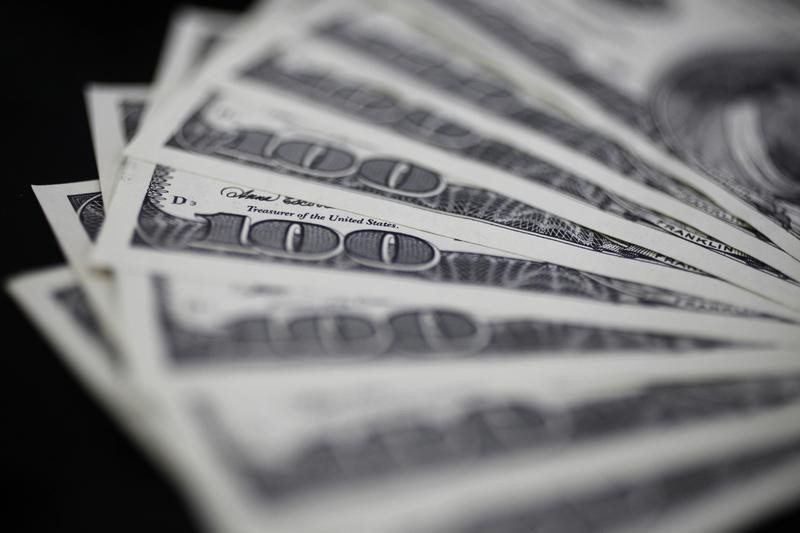On Monday, Bank of America (BofA) analysts provided insight into the current state of the G10 foreign exchange (FX) markets, noting a general sense of disappointment among investors due to the lack of volatility in the markets.
Despite a recent reversal in the US dollar (USD), major currency pairs have not moved significantly and remain within their established ranges. The BofA expects further depreciation of the USD, but emphasizes that the currency’s movements are expected to remain close to consensus forecasts at year-end.
The analysis shows that while markets have expressed a desire for more excitement in G10 currency trading, they must come to terms with the inherent trade-off between carry trade opportunities and higher volatility. Carry trades, where investors borrow in low-interest currencies to invest in higher-interest currencies, have been identified as a dominant trend following the global financial crisis.
However, this strategy tends to reduce market volatility, leading to what BofA describes as an “uninspiring” and “stuck” trading environment.
BofA’s commentary suggests that pursuing carry as a passive strategy has been a factor in dampening volatility in the currency markets. The company underlines that investors should not expect both high carry returns and high volatility, as these market conditions are generally mutually exclusive. The lack of clear fundamental trends in the G10 FX is a source of frustration for the markets, but the current trend of carry is clear, even if it leads to lower volatility.
The analysts also touched on expectations surrounding the next set of US data, which many investors hope could change the narrative. However, BofA indicates that such expectations may be too optimistic. The company’s message to the markets is to adjust expectations and accept the current dynamics, with the USD continuing to play a central role in the G10 FX space.
In summary, BofA’s analysis points to a continuation of recent patterns in the G10 currency markets, with a slight downward trend in the value of the USD, but within the limits of recent trading ranges.
This article was produced with the support of AI and reviewed by an editor. For more information see our General Terms and Conditions.


